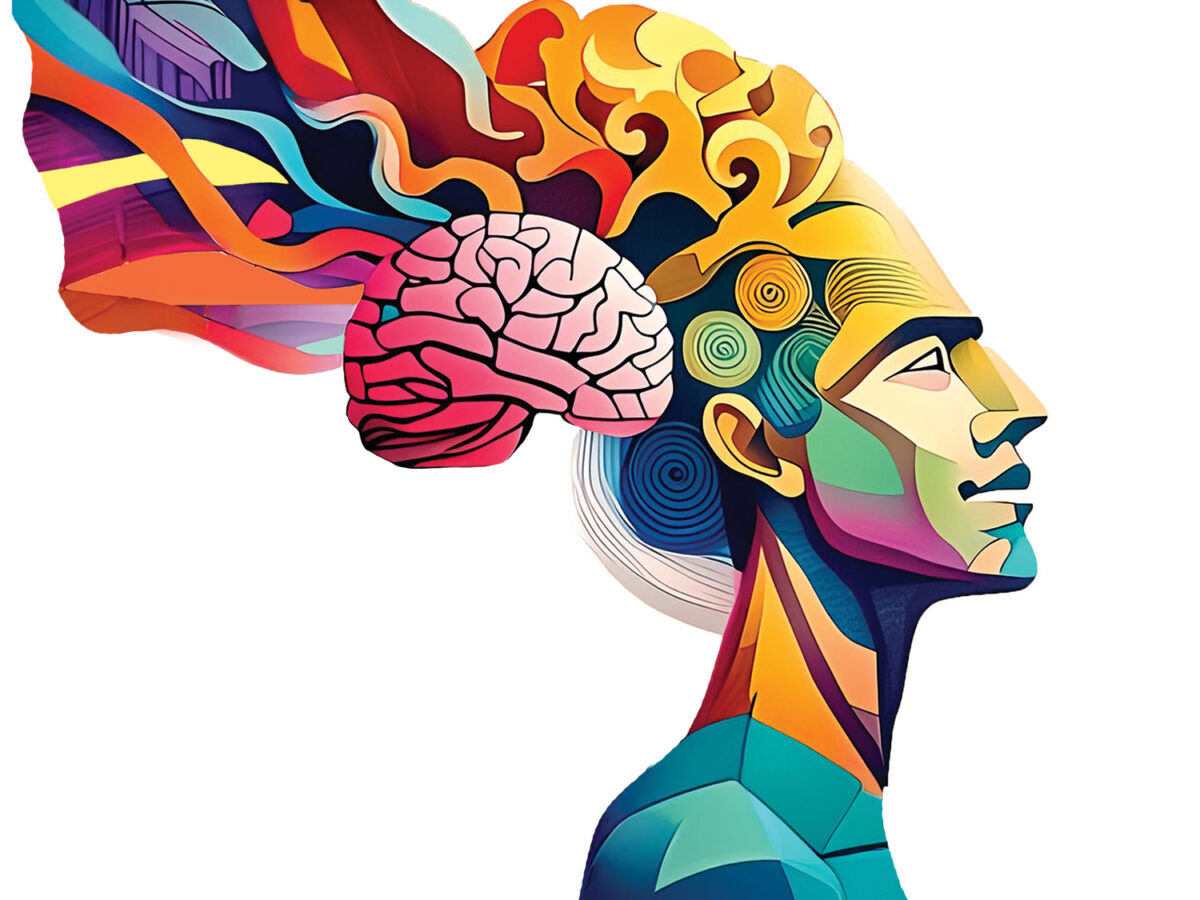Biohacks to learning anything faster

Why are some people able to learn anything faster? Would you want to become one of them?
The world is now, more than ever, pulsating with information. Knowledge, one of the most powerful forms of currency, is free for the taking. However, the skill sets we need and the productive output required of us is also nothing like that of the previous generations. To keep up with the masses and even excel, we need to learn faster than ever before. The ability to learn faster is a mystery that many have attempted to crack. As we stand on the brink of a new era, the fusion of biology and technology gives great opportunities for accelerated acquisition of knowledge.
In order to optimize learning, an understanding of what learning is through a neurobiological lens would provide great insight. Any form of learning comes from the brain, more specifically, the strengthening or weakening of electrochemical signals between our neurons (a type of brain cell). The connections between neurons are known as synapses. And the changes in the strength of electrochemical signals between synapses is called synaptic plasticity.
Synaptic plasticity is the basis of learning and memory. Synaptic plasticity is a dynamic and adaptive process that allows the neural circuits in the brain to modify their activity in response to experience. When you are learning a new skill such as serving a volleyball, the neural pathways in your brain will fire and the shape of the neurons in your brain will change, allowing you to strengthen the signals sent to your brain when doing the right movement, and repetitions of the right movements eventually lead you to serve the ball consistently as there is a strong connection between the neurons that fire when you serve a ball.
Therefore, if we want to increase our learning abilities and learn faster, we should try to trigger a more plastic and malleable brain that will be willing to change its pathways in order to learn a new skill. Plasticity has been proven to be controlled by several chemicals in our brains, namely acetylcholine, epinephrine and dopamine. When those chemicals are released, the brain marks the event as “important” and “to edit” while most of the changes to the plasticity and shape of the connection between neurons happens during sleep. So how do we induce the release of acetylcholine, epinephrine and dopamine in large amounts while learning? Interestingly, the only condition needed to allow the brain to enter a plastic state is to make errors. Error provides a cue for frontal cortex networks to release those important learning chemicals. The more mistakes you make, the larger the dopamine release will be when you eventually do it right, hence making the brain more plastic and receptive for change and more prone to remember the right action/movement/answer.
Have you ever felt frustration every time you are struggling to learn a form of new knowledge but not getting it right consistently? Well, this happens due to the release of those important learning chemicals, which change the shape and plasticity of your brain. But the brain does not want to change its shape, hence the brain processes this large surge of chemicals as frustration. Every time you are failing to learn something and feeling frustrated, you are releasing chemicals that will make you succeed in learning this skill. In some ways, errors frame the brain to learn and absorb more information when you end up getting it right. The most efficient way to learn a skill fast is to maximize the amount of repetitions and fail as much as possible within a time period. Experiments have found that the brain will end up learning, figuring out and getting closer to the right answer if you have the intent of getting it right.
Another powerful tool is to react to this kind of frustration with happiness and pleasure. When we smile in the face of defeat, stress or struggle, we trick the brain to release dopamine (the neurotransmitter that guides pleasure and motivation but also helps in synaptic plasticity). Hence, we condition our brains to release dopamine when we are in the face of struggle and challenge. Next time you end up facing a challenge or having to learn something new, your brain will naturally release more dopamine and allow your brain to learn faster due to increased plasticity.
A third extremely important factor in learning is to allow your brain to absorb the information. After performing any intensive learning, whether it is studying for a test or learning to execute a backflip, taking a break of five to 10 minutes without engaging your brain with another form of stimulus allows the sequence of information learned to be replayed by your brain, which then selects the series of events in which there is a high release of neurotransmitters. The things you did well repeat and the things you did wrong get cut off, allowing you to acquire and process the information learned faster.
A fast-paced world, a fast-paced school and a fast-paced lifestyle push us to learn everything faster and to execute tasks at high efficiency. Fortunately, advances in our understanding of neuroscience allow us to develop behavioral ways to learn and absorb knowledge faster than the average person. Sometimes the difference between two very competent candidates with equal willingness to work is “talent”— an intangible that makes someone a faster learner and better performer. Well, why not try out these newly acquired “talents” of yours?